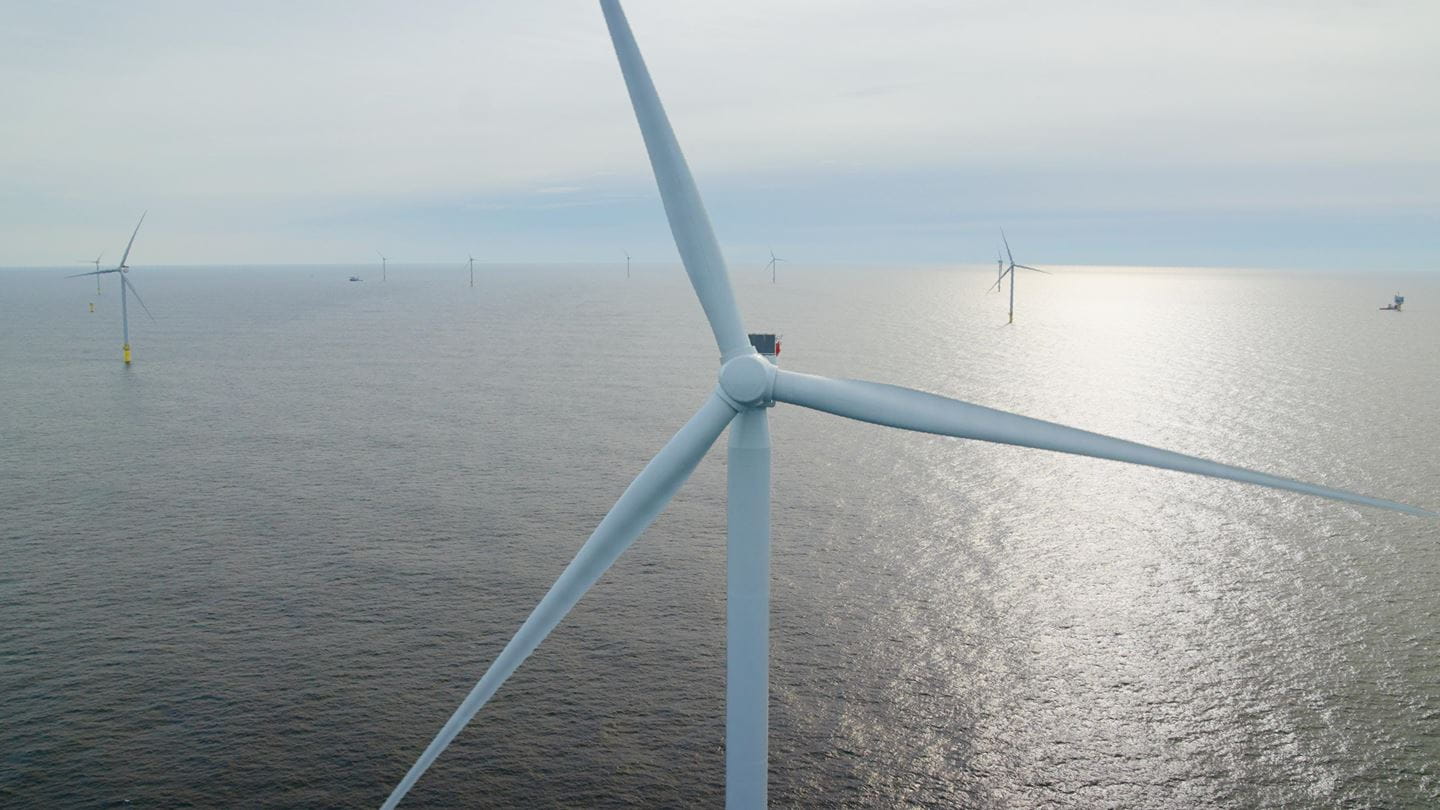An ROV prepares to descend into the abyss off the coast of New Zealand. Photographer: Luis Lamar Via Bloomberg
by Matthew Braga (Bloomberg) Until recently, oil and gas kept robots moving in more ways than one. Fossil fuel companies looking to speed up exploration, drilling, construction, and maintenance work turned to heavy-duty underwater drones known as remotely operated vehicles, or ROVs, to keep their wells afloat. By last year the global market for ROV operations—mostly contract work done by companies such as Oceaneering International, Subsea 7, and Fugro—topped $3 billion, according to energy researcher Infield Systems.
But with oil prices having their worst slump in decades, investments in many offshore projects have been postponed or canceled, and the ROV business is likewise cutting back. Together, the Big Three drone operators are laying off thousands of workers and leaving hundreds of their seafaring robots “sitting on the beach,” says Infield analyst Kieran O’Brien, who estimates that one-quarter to one-third of the 1,200-plus vehicles in service around the world are idle. “The largest driver for ROVs has always been the offshore-rig markets,” O’Brien says. “Everyone is just trying to stay alive at the moment.”
Fugro’s director for investor relations, Catrien van Buttingha, says her company is working to diversify its income, 75 percent of which came from oil and gas last year. Subsea 7 declined to comment for this story ahead of its quarterly earnings; Oceaneering didn’t respond to a request for comment.
Because of the specialized expertise required to operate and maintain ROVs—and the oil companies’ desire to keep liability at arm’s length—independent contractors lead the field. Typically, one of the small-car-size robots is connected to a ship or rig by a tether that supplies power and hydraulic fluid. Fiber-optic cables send operators on the surface environmental data and live video, helping them guide the vehicle and its manipulator arms, which can grab valves or pipes.
With fewer rigs to hook onto, it’s not just the drones that are out of a job. Fugro, which has 11,597 employees, says this year’s layoffs have totaled 363 (following 1,577 last year), and more are coming. In June, Subsea 7 said it would let go of about 1,200 of its 9,200 employees by yearend, on top of 2,500 cut in the second half of last year. In April, Norwegian newspaper Aftenbladet reported that Oceaneering’s local operation had cut 650 of its 1,750 jobs in a year and a half; the company had 11,000 employees globally at the end of last year. “In 2016 we’re expecting to see, basically, the bottom of the market,” Infield’s O’Brien says.
The markets that operators are now trying to push into include the installation and repair of undersea telecom cables and offshore wind farms, as well as marine salvage, says Ben Wilby, an analyst at researcher Douglas-Westwood. That’s a switch from years past, when renewable-energy companies were low priorities compared with the stream of work from fossil fuel businesses. “There were years where we were so incredibly busy with oil and gas that anything else we would only do if we would have the opportunity,” says Fugro’s Van Buttingha.
Oil and gas operators still need drones to handle inspection, repair, and maintenance of existing projects, says Justin Manley, the president of Just Innovation, a marine-technology consulting firm. Monitoring requirements for rigs in the North Sea are especially stringent, he says: “That’s an ongoing service business that’s not going to go anytime soon.” And though demand for ROV operations has been falling, both Infield and Douglas-Westwood predict average annual growth of 4 percent to 5 percent from now to 2020, driven by work in Asia, Africa, and Australia.
“Obviously, this is all dependent on the oil price,” O’Brien says. “If the oil price doesn’t do what the offshore market needs it to do, then these forecasts will come down.” For now, hundreds of ROVs will be parked on the beach, working on their tans.
The bottom line: With the $3 billion market for undersea drone work shrinking, operators are looking beyond oil and gas clients.
©2016 Bloomberg News

 Join The Club
Join The Club










